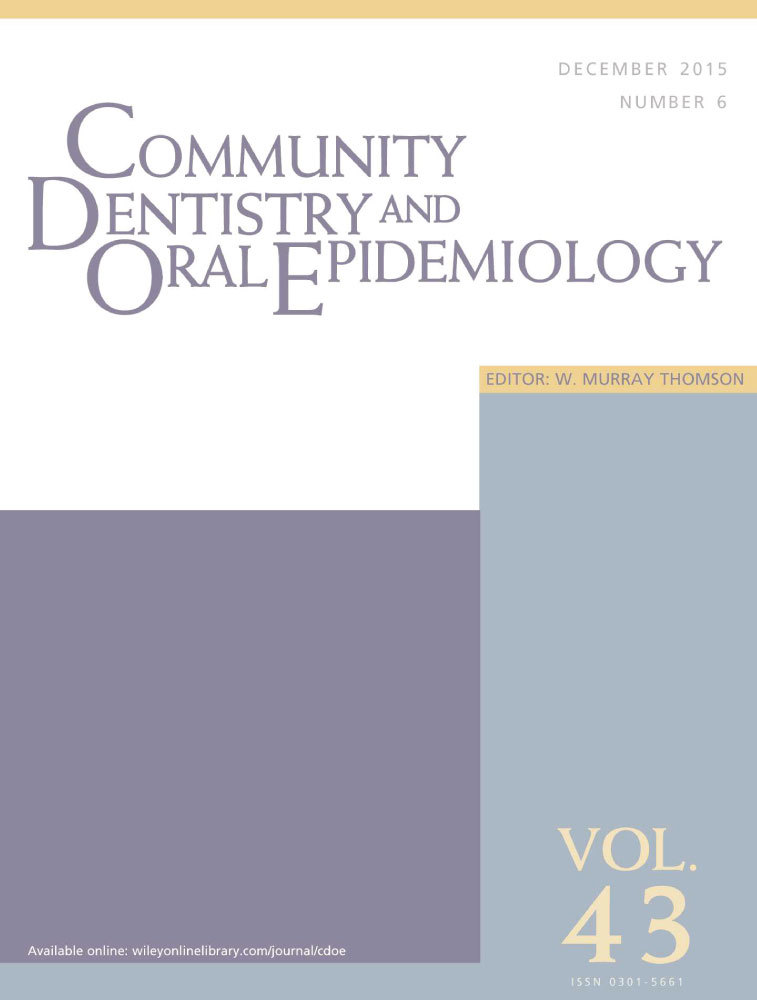Relative cost-effectiveness of home visits and telephone contacts in preventing early childhood caries
Abstract
Objectives
To evaluate the cost-effectiveness of a home-visit intervention conducted by oral health therapists relative to a telephone-based alternative and no intervention.
Methods
A Markov model was built to combine data on dental caries incidence, dental treatments, quality of life and costs for a cohort of children from age 6 months to 6 years. The probabilities of developing caries and subsequent treatments were derived primarily from the key intervention study. The outcome measures were costs (US dollars), quality-adjusted life years (QALYs) and the number of carious teeth prevented. One-way and probabilistic sensitivity analyses were used to test the stability of the model.
Results
For every group of 100 children, the model predicted that having the home-visit intervention would save $167 032 and telephone contacts $144 709 over 5½ years relative to no intervention (usual care). The home visits and telephone intervention would prevent 113 and 100 carious teeth (per 100 children) relative to no intervention in a period of 5½ years. Sensitivity analysis showed that a lower rate of caries reduced the intervention's cost-effectiveness primarily through reducing general anaesthesia costs. The home visits and telephone interventions resulted in 7 and 6 QALYs, respectively, gained over the usual care group for the 100 children over 5½ years. Both interventions were ‘dominant,’ as they saved costs and produced health benefits over usual care.
Conclusions
Both the home visits and telephone-based community interventions conducted by oral health therapists were highly cost-effective than no intervention in preventing early childhood caries.




